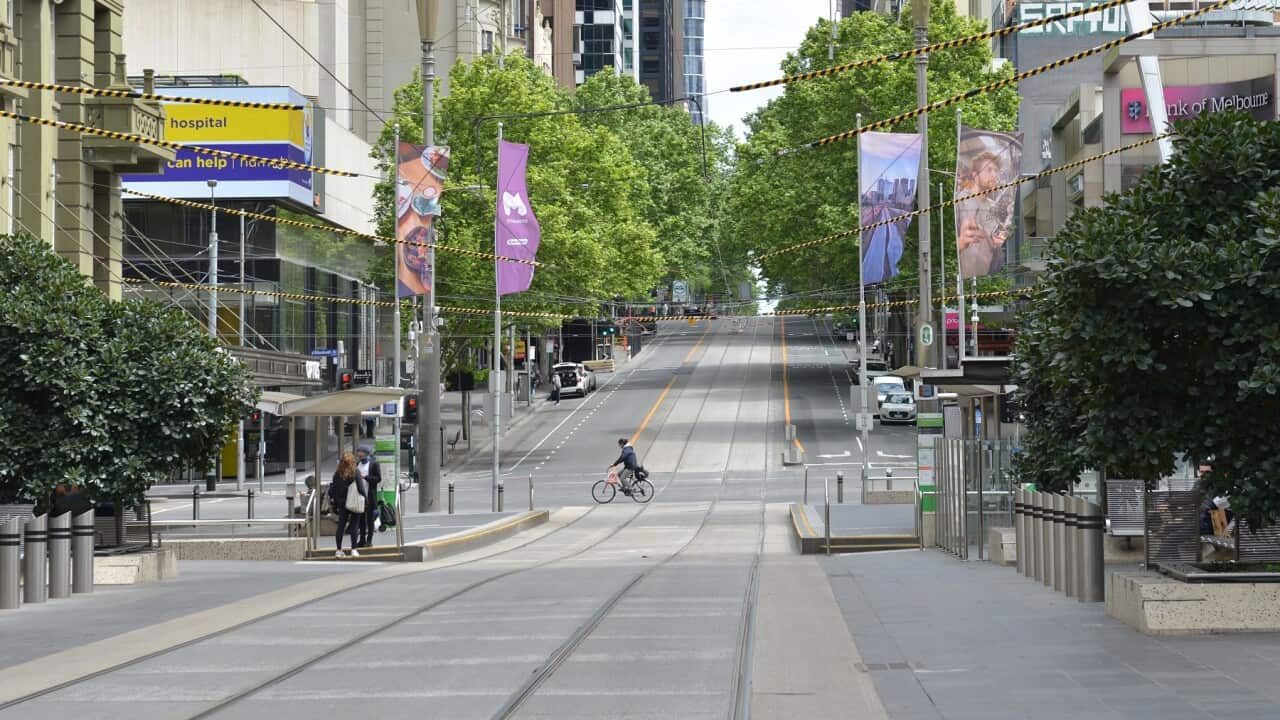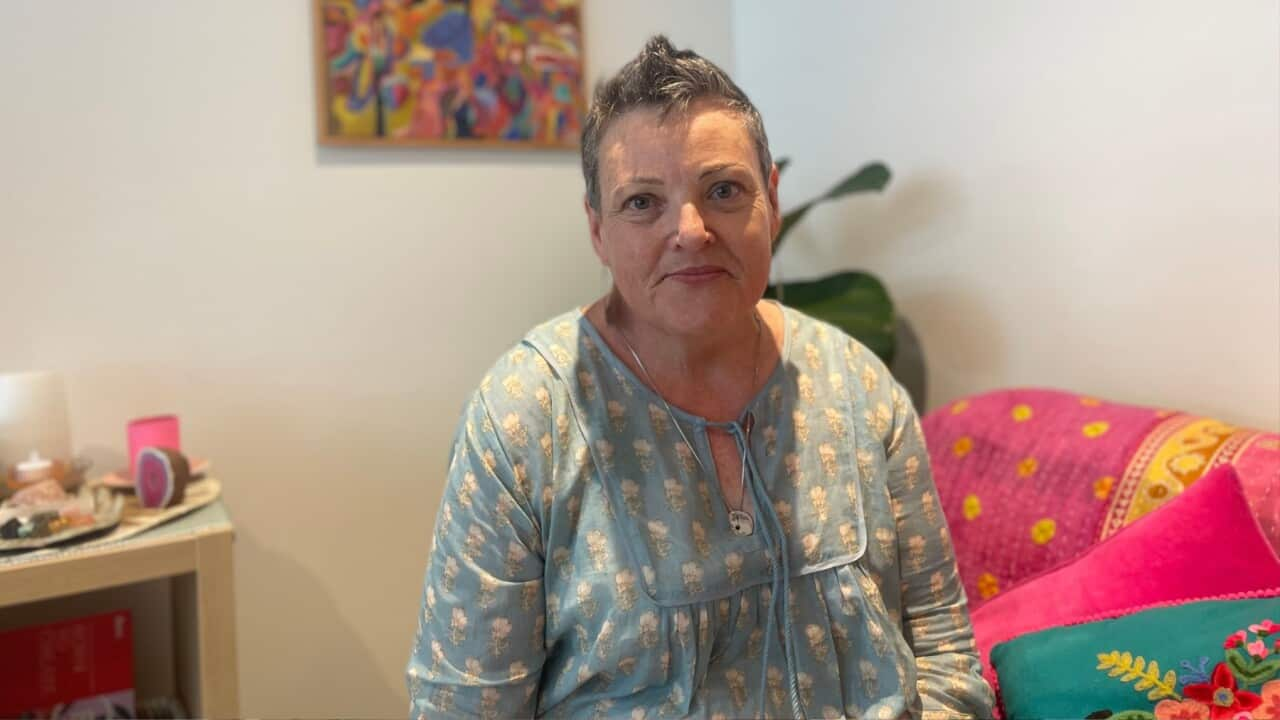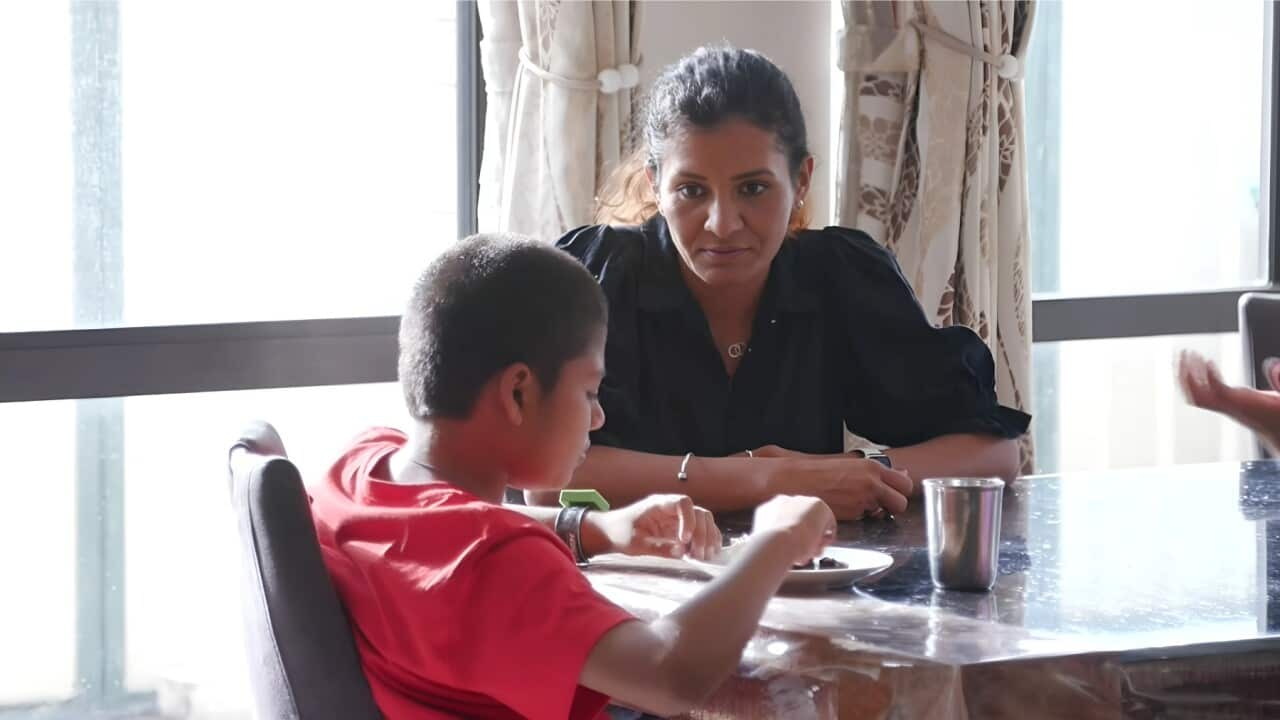TRANSCRIPT
A new report from the Australian Institute of Health and Welfare reveals Australia spent nearly $48 billion dollars on the health system's response to COVID-19 from 2019 to 2022.
Geoff Callagan is the head of the health economics unit at AIHW.
He says that total estimated health spending on the response to COVID-19 in Australia represented 7.2 per cent of total health spending, or $47.9 billion
“What this report is telling us is that Australia has spent $48 billion on the response to COVID, t he health response to COVID over the first three financial years of the pandemic, and that equates to about 7.2 per cent of total health expenditure over the period. What we're trying to achieve is basically give the Australian public some information on the COVID expenditure, government expenditure expenditure by expenditure by individuals, but also benchmark us against other countries. So as we can compare how we fared in terms of expenditure, but also how we fared in terms of outcomes.”
Australia's health spending from 2020 to 2022 was two percent higher than expected.
The Australian government spent an estimated $35.1 billion dollars, and states and territories an estimated $11.9 billion on the health system response to COVID-19.
Governments spent $27.9 billion on primary care, including $6.1 billion on the vaccine rollout, and $10.5 billion on public hospitals.
Mr Callagan says that though the total figure spent is sizeable, Australia's expenditure was among the lowest in the world.
“While $48 billion does sound like quite a lot of expenditure, when you put that in the context of how other countries fared during the pandemic, you can see that Australia's additional expenditure during the pandemic period was actually the seventh lowest compared to 36 other OECD countries. And then when you look at Australia's excess mortality compared to other countries during the pandemic, Australia is actually the fifth lowest compared to 30 other countries.”
Individual Australians spent an estimated $878 million on pandemic-related services and items, such as rapid antigen tests, personal protective equipment, sanitiser, prescription medications for COVID-19 treatment, and out-of-pocket spending on general practitioner services related to COVID-19.
“You don't want too much burden being placed on individuals when going through a stressful health shock like the pandemic. So out of pocket expenditures for MBS, for example, was very low because there was a lot of bulk billing activity out of pocket expenditure for the PBS or for SAP pharmaceuticals, also very low because that was covered by Medicare. So what was left was that individuals had expenditure on things like their RAT test that they were buying from pharmacies, personal protective equipment, like masks, face shields, and also respirators, but also hand sanitisers. So we saw quite a dramatic increase in expenditure on hand sanitiser as well.”
Nigel McMillan is a professor of Infectious Diseases and Immunology at Griffith University.
He explains why the expenditure was well worth it.
“I think, well most people think that the pandemic response was painful at times and some people might think steps were unnecessary. The proof's really in the pudding in terms of death rate, and our excess mortality which is far far lower than most countries down at 117, in some polls, just depends on what statistic you look at. So from that point of view, Australia has done really well in terms of our pandemic response.”
Australian Medical Association Vice President Dr Danielle McMullen is also praising the government's response to COVID-19 and says the focus now should be to learn from past COVID-19 lessons.
“Australia did show a remarkable response to the COVID 19 pandemic on a worldwide stage. We did have a generally good public health response and our spending on a worldwide level was was rather efficient. Of course that didn't keep us immune from challenges and we know there's various reviews at the moment about that response. And we always need to learn from the way we've done things and be better prepared for next time. And certainly some of the impacts of the public health and health measures on the community. The effects on our health sector and how we can be better prepared should this happen again, are all things that we now need to focus our attention on.”
Australia is currently facing a wave of COVID-19 cases driven by the Omicron subvariant BA.2.75, also known as Centaurus.
This subvariant is highly transmissible but causes less severe illness than previous variants.
Despite that, vaccine rates across Australia are down.
Across Australia 97.7 percent of those aged 16 and over have received at least one dose of Covid-19 vaccine, while 96.2 per cent have had a second dose.
69.7 per cent have had a third dose, and only 26.9 per cent have had a fourth, according to CovidLive.com.au which gathers Covid-19 data.
Dr McMullen has a warning for all.
“In Australia at the moment, it does seem like we're headed for another COVID Christmas, where unfortunately seeing increased rates of COVID 19 across the country. Now fortunately, it does look like most people with this new strain of COVID-19 are only experiencing a minor illness. But of course there can still be significant and severe consequences particularly for those who are ageing in our population and people living in nursing homes or other aged care facilities. So the strong message to people is that COVID is still out there in the community. We shouldn't be out and about when we're feeling unwell and particularly not visiting hospitals or aged care facilities if you've got symptoms of Covid-19.”
In January of 2022, the 7-day average of Covid-19 infections was 107,279. Now in November of 2023 the 7-day average is 1,419 new infections nationwide.
But that is no reason to be complacent and believe Covid-19 has ended says Dr McMullen.
“The race isn't over yet. COVID is certainly still there in the community and we are seeing new variants, and it's particularly dangerous for people in aged care facilities or other people with underlying health problems. So we all can do our bit to reduce the spread of COVID 19 and certainly getting vaccinated, keeping your boosters up to date and staying home if you're unwell, are all parts of the things we can do as a community to reduce the impact of COVID-19. I think the vigilance on all things COVID has dropped a bit people are obviously COVID fatigued and that is a real challenge when trying to deliver health care services.”













